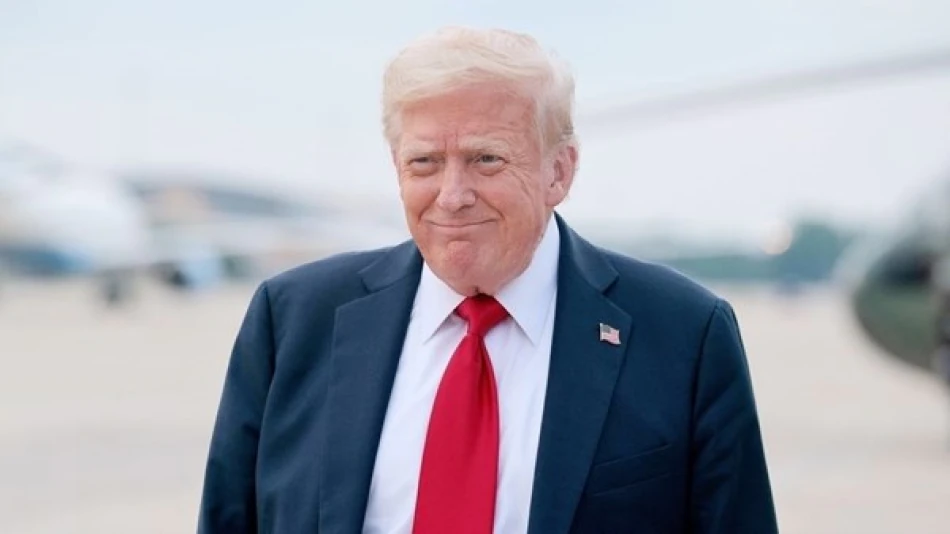
Trump Extends Control Over Washington's Critical Transportation Hub
Federal Government Seizes Control of Washington's Union Station from Amtrak
Transportation Secretary Sean Duffy announced Wednesday that the Department of Transportation will assume direct management of Union Station, Washington D.C.'s primary transportation hub, wresting control from the National Railroad Passenger Corporation (Amtrak). The move represents another assertion of federal authority over the nation's capital and signals growing government frustration with infrastructure management under quasi-public entities.
A Strategic Power Play in the Heart of Democracy
The timing of Duffy's announcement carries significant weight. He delivered the news just before joining Amtrak President Roger Harris at Union Station for the launch of the "Next Generation Acela," the railway service's new high-speed train. This juxtaposition—celebrating new technology while simultaneously stripping operational control—underscores the federal government's complex relationship with America's passenger rail system.
Union Station sits within walking distance of the U.S. Capitol, making it not just a transportation nexus but a gateway that shapes visitors' first impressions of American governance. Duffy's criticism that the station has "deteriorated" while it should be a source of "pride" for the city reflects broader concerns about America's aging infrastructure and its symbolic importance.
The Amtrak Experiment Under Scrutiny
This takeover raises fundamental questions about the effectiveness of Amtrak's hybrid public-private model, established in 1971 to rescue America's failing passenger rail network. For over five decades, Amtrak has operated as a government-owned corporation, theoretically combining public service obligations with business efficiency. The federal seizure of Union Station suggests this model may be reaching its limits, at least for high-profile assets.
Infrastructure Politics and Federal Oversight
The move aligns with a broader pattern of federal intervention in Washington D.C.'s governance, where the federal government maintains unique constitutional authority. Unlike typical municipal infrastructure disputes, Union Station's federal takeover faces fewer legal obstacles due to the capital's special status under federal jurisdiction.
From an operational perspective, direct federal management could accelerate renovation projects and security upgrades that have languished under Amtrak's oversight. However, it also raises concerns about bureaucratic efficiency and whether the Transportation Department has the specialized expertise to manage a complex multimodal transportation facility.
Market Implications and Precedent Setting
For investors and infrastructure stakeholders, this development signals potential shifts in how the government approaches public-private partnerships in transportation. The takeover could presage similar federal interventions at other critical transportation hubs, particularly those with national security or symbolic significance.
The decision also comes as the Biden administration has invested heavily in rail infrastructure through the Infrastructure Investment and Jobs Act. Direct federal control of Union Station may serve as a testing ground for more hands-on government management of transportation assets, potentially influencing future policy decisions about Amtrak's broader role and structure.
International Comparisons and Future Outlook
This move contrasts sharply with trends in other developed nations, where governments have generally moved toward privatization or public-private partnerships for major infrastructure projects. Countries like Japan and France have successfully maintained world-class rail stations through different organizational models, suggesting multiple pathways to infrastructure excellence.
The success or failure of federal management at Union Station will likely influence broader debates about transportation governance, potentially affecting everything from airport management to highway maintenance contracts. As America grapples with aging infrastructure and competing demands for public investment, the Union Station experiment may provide crucial data about the optimal balance between public oversight and operational efficiency.
Most Viewed News

 Layla Al Mansoori
Layla Al Mansoori






